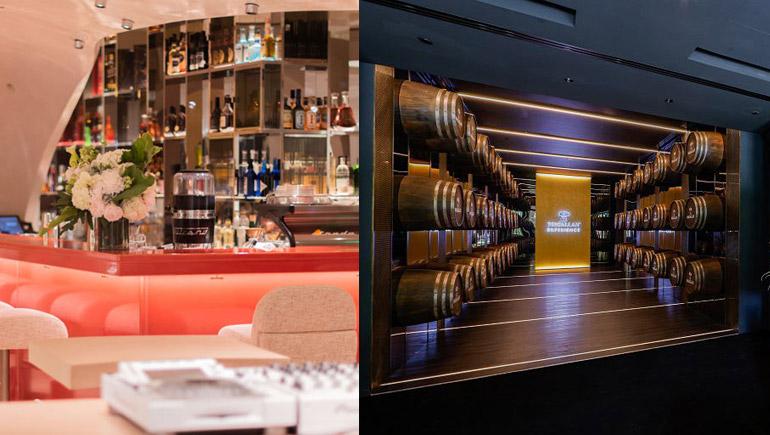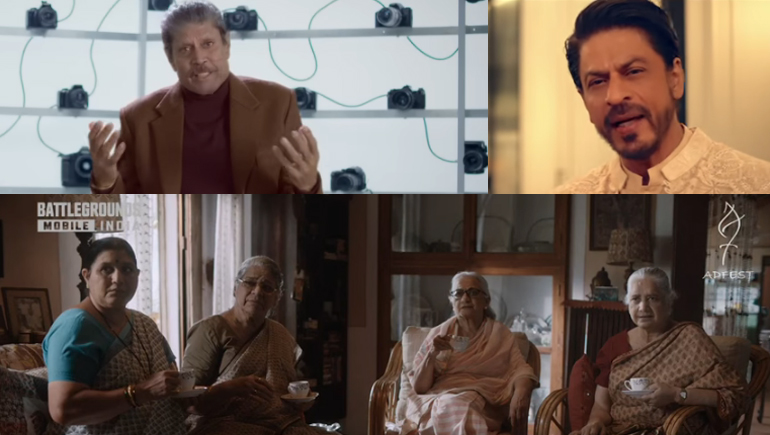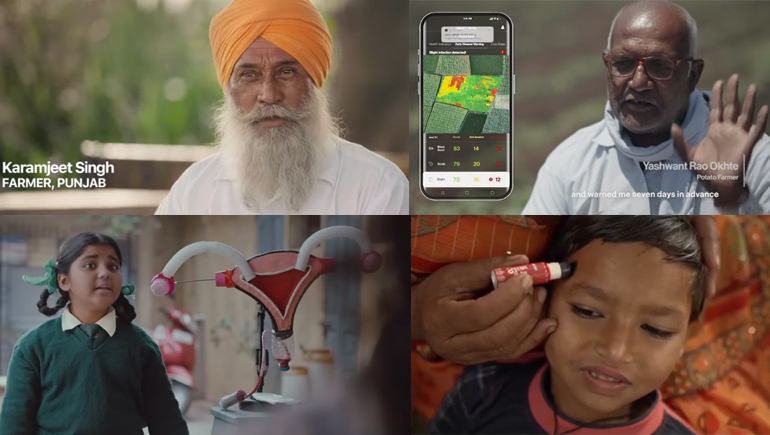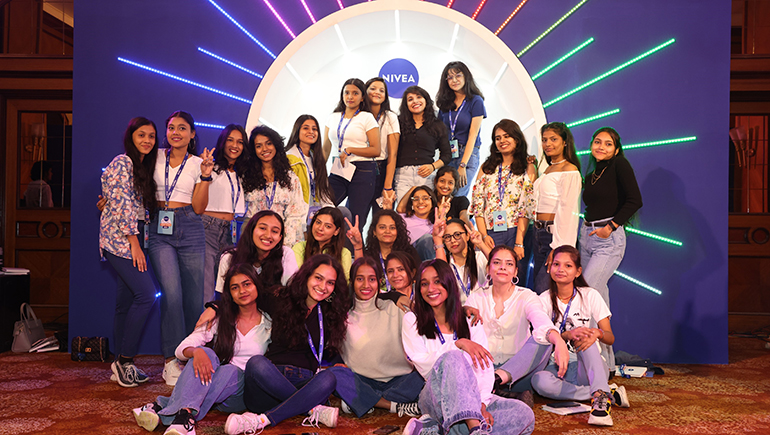
The constant struggle for media and marketing managers is to capture audience attention in a way that they spend time with the produced content and are deeply engaged with the content. One way to achieve this for brands is to provide consumers with a seamless and unified way to interact with the brand through integrated marketing communication.
IMC, often defined as a process that unifies various communication elements, is aimed at forming a brand image that is consistent across mediums. But what is the code to a unique and memorable brand image?
One of the viewpoints about brands is that “Today, brands are actually collections of experiences. We're not in an era where people remember logos or ads." With global connectivity and the slogans, taglines, mottos, logos or ads. Curated brand experiences not only provide one-of-a-kind interactions for the customers but also are impactful as they are more likely to be retained in long term memory.
If we consider a spectrum of brand-customer interactions, then using a product would be most direct as opposed to advertising which is most indirect. Faris Yakob (https://www.warc.com/newsandopinion/opinion/what-is-brand-experience/en-gb/2604) places ‘experience’ somewhere on the direct side. Cognitive and affective experiences lead to a psychological state that can be understood as engagement in consumer studies.
For illustrative examples, we look at developments such as Hennessy’s concept store, ‘Blends’ and Macallan’s exhibition, ‘The Macallan Experience’ in Shanghai.
The Hennessy store offers five signature cocktails invented by molecular mixology specialist Chris Xi. Each cocktail has been formed in a way that reflects a signature personality trait of the cognac house. To further enhance the sensorial experience, each cocktail has been assigned its own Pantone colour.
So, Hennessy tries to reimagine the celebration of cognac culture in China in a setting that is intimate and experimental.
The Macallan Experience on the other hand is a multi-level exhibit depicting the heritage and history of the brand to both loyal and potential customers in Shanghai.
Like Hennessy, Macallan has also taken help from prominent Chinese artists for the various components and elements of the exhibition. For instance, the foremost part of the experience is a tribute to the Macallan Distillery located in Speyside, Scotland - a forest photography installation for the same has been shot by Ji Zhou. Later on, one can also witness an immersive sensorial environment by the way of Professor Chen Qi’s reimagination of the Spey river.
Walking through barley fields and oak forests, Scotch connoisseurs will finally witness the full collection of 57 bottles of Macallan Fine & Rare. Eventually, after seeing the Macallan estate and the Easter Elchies House, consumers can also sample single malt whiskies on the third floor.
The Macallan Experience thus is a rich immersive activity capitalising on the senses of sight, hearing, taste and smell. It provides a comprehensive understanding of the brand’s legacy as well as its quality and excellence.
But why are these brands opening up elaborate stores and exhibitions halfway across the world? Or in other words what is the significance of Shanghai for these Scottish brands?
Shanghai is a global city with trading ties to the West that go back several centuries. The cognac or whiskey culture is one that the city and its elite are already familiar with. So, these brands have now come up with a strategy that is a mix of destination marketing and immersive experience. They aim to create a novel experience that a consumer with high paying capacity and a developed taste would love to engage with. An immersive experience destination integrates the two geographies - one where the product is located and the second where the customer is located, nicely. It brings the Scottish Estates to consumers.
The place and the process of alcohol production is a much-marketed area. Examples include the vineyards of Napa Valley and Champagne as well as the Whisky tours of Scotland. Therefore, curating an experience around the legendary cognac region of France or the famous distilleries of Scotland is the closest one gets to the experience of the spirit.
An immersive experience in a country like China provides a way to fill the gap that can arise due to limited or censored media presence for alcohol and spirits. Additionally, by roping in Chinese artists and scholars, Hennessy and Macallan ensure that the experience caters to pride as well as Chinese sensibilities. The cultural encounter between Scotland and China is presented on equal terms.
We’ve earlier established that ‘experience’ is under the direct side of brand interactions. What are some other characteristics that we can possibly explore with respect to brand experiences?
Can immersive experience in itself constitute content? In our earlier articles, we have often said that one of the main things that content by the brand leads to is sustained attention and engagement from the audience. As an immersive experience often engages more senses than one, there is sufficient reason to believe that it sustains attention. Moreover, one requires a heightened degree of attentiveness and effort to be able to fully immerse themselves.
Coming to the stage where an immersive experience ends - it gets lodged in the mind as content. One retains specific portions of the curated experience and the associated emotions in their mind just as they would after reading or watching a piece of branded content on a media channel.
Another point that leads us to qualify experience as content is its shareability. An experience, especially a good one self-perpetuates between family and friend circles. An avant-garde concept store or a sensorial exhibit can therefore easily become the new thing to check out in the town. The self-perpetuation content-wise can be likened to a link for a new branded short film that does the rounds in WhatsApp groups and other platforms.
Content has a very close relationship with lived experiences. The most impactful content is more often than not a fine balance between fantasy and lived experience. In conclusion, we can say that branded content and immersive experiences designed by brands have a lot in common and divisions between the two are not as water-tight as one might have previously assumed. Therefore, marketers could place IMC, immersive experiences and branded content on a spectrum of initiatives to garner greater consumer attention and deeper consumer engagement with their brand.








.jpg)



.jpg)



Leave a Comment